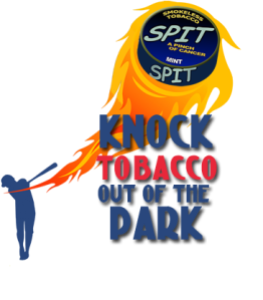Not that they ever particularly had their shit together to begin with.
OK, I’ll probably get sued now.
Forces.org, a foaming at the mouth rabid anti-anti-smoking (anti-smoking ban, specifically) website that pretty much knee jerk claims that any and all evidence about the dangers of secondhand smoke is “junk science,” has put out a $3,000 “bounty” for anyone to claim if they have information that will lead to a CONVICTION that anyone in the anti-smoking movement has committed perjury.
To wit: “FORCES INTERNATIONAL is offering a reward of US $3,000.00 for information leading to the arrest and conviction of current or former anti-tobacco industry activist, institution or government official for anti-tobacco related crimes such as perjury, alteration/falsification of official documentation, false swearing, racketeering, and conspiracy.”
Oh, freaking brother 🙄
Not only are they gunning for scientists or professional lobbyists, but any journalists who have written stories about these studies or said testimony … which means they could also be gunning for bloggers like ME.
My favourite quote from the site: “These individuals are responsible for a large amount of the public hysteria and misinformation about tobacco use and secondhand smoking that is now pervading the society of many nations, and it has already caused the undoing of families, loss of jobs, business, and much social stigmatization.”
They have caused the “undoing of families and much social stigmatization…?” and have created “public encitement to persecutorial attitude.”
Oh, Christ, the poor smokers. Having to step outside to light up a cig. They’re as persecuted as the poor people of Libya. This is the crowd I used to butt heads with. You can’t reason with ’em. Most of them are batshit insane.
There. Sue me for that.
I love the spelling and grammar on this obviously professionally done website, too.
“This offer is limited to the United States, and Canada, and it will be expanded to other countries at a alter date.”
This kind of government-sponsored, self-perpetuating scam has attracted many unscrupolous individuals from all walks of life…
Well, with that kind of proofreading, you can tell Forces International is damned serious.
In all seriousness, this is laughable and pathetic, but ultimately it isn’t funny, because it is nothing more than an attempt to intimidate professionals involved in the anti-tobacco movement. Lots of people make lots of threats to sue (I’ve had some real dumbfucks threatening to sue me lately for defamation online), and lots of flippant lawsuits do get filed, which means people actually have to hire lawyers and deal with it. What ISN’T funny is this lame and half-assed attempt to somehow put a chill on people’s FIRST AMENDMENT rights (I especially like the part where members of the media are included in their investigation) to express their opinions about secondhand smoke.









